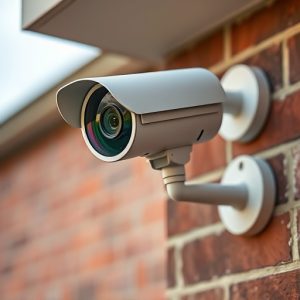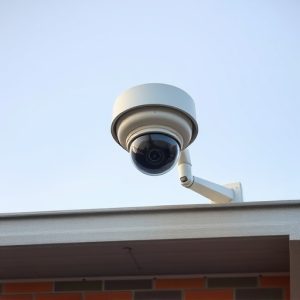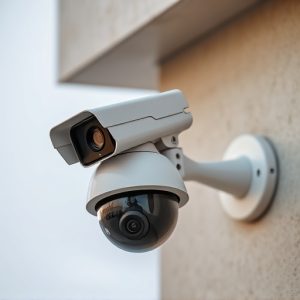Guide to Installing Battery Operated Dummy Camera Systems
Battery operated dummy cameras offer a flexible, cost-effective security solution for homes and busi…….
Battery operated dummy cameras offer a flexible, cost-effective security solution for homes and businesses. Strategically placed, they mimic real security devices, deterring intruders without complex wiring or constant power connections. Installation is simple, but maintaining consistent battery power is crucial for optimal performance. These cameras are ideal for tricky locations, outdoor setups, and discreet surveillance while enhancing security with minimal hassle.
Discover the versatility of battery-operated dummy camera systems, a popular choice for enhancing home or business security. This article delves into the intricacies of these wireless cameras, guiding you through installation best practices. Learn about their advantages, such as easy setup and mobility, ideal for temporary or discreet surveillance needs. We’ll provide a step-by-step guide to ensure a seamless process, empowering you with the knowledge to secure your spaces effectively.
- Understanding Battery-Operated Dummy Camera Systems
- Advantages and Considerations for Installation
- Step-by-Step Guide to Installing a Battery-Powered Dummy Camera
Understanding Battery-Operated Dummy Camera Systems
Battery-operated dummy camera systems are a popular choice for those seeking a discreet and flexible security solution. These cameras are designed to mimic real security devices, providing an effective deterrent against potential intruders without the need for complicated wiring or constant power connections. The heart of these systems lies in their self-contained battery operation, allowing them to be easily installed and relocated as needed.
During the installation process for Battery Operated Dummy Camera Installation, users can expect a straightforward approach. These cameras are often equipped with high-quality batteries that enable continuous monitoring for extended periods. Whether mounted on walls, ceilings, or strategically placed in hard-to-reach areas, these dummy cameras offer a simple and cost-effective way to enhance home or business security without the hassle of running power cables.
Advantages and Considerations for Installation
The choice between wired and battery-operated dummy camera installations offers distinct advantages. Battery-powered models provide unparalleled flexibility, eliminating the need for complex wiring and making them ideal for tricky locations or temporary setups. This option is particularly beneficial for outdoor areas, as it allows for easy placement and movement without worrying about power sources. Moreover, these cameras can be discreetly placed in hard-to-reach spots, enhancing their effectiveness in deterring potential intruders.
When considering a battery-operated dummy camera installation, it’s essential to balance convenience with reliability. While the freedom from wires is appealing, ensuring consistent power supply is crucial for optimal performance. Regular maintenance and careful selection of high-quality batteries are key to avoiding unexpected failures or loss of surveillance capabilities.
Step-by-Step Guide to Installing a Battery-Powered Dummy Camera
Installing a battery-powered dummy camera is a straightforward process that allows you to enhance your home or business security discreetly. Here’s a step-by-step guide to help you get started:
1. Select Your Camera Location: Choose a strategic spot where visibility is crucial, such as entryways, windows, or areas with limited power outlets. Ensure the location provides an unobstructed view and aligns with your surveillance needs.
2. Prepare the Area: Clear any obstacles around the chosen location to ensure smooth access for installation. If necessary, use tools to secure the camera to a sturdy surface or mount it on a stand.
3. Remove the Packaging: Unbox your battery-operated dummy camera and gather all components, including the camera body, batteries, and any accessories provided by the manufacturer.
4. Install the Batteries: Insert the included batteries according to the camera’s design. Most models feature a simple mechanism for battery insertion, ensuring easy setup.
5. Adjust Camera Settings: Configure your dummy camera’s settings, including motion sensitivity, night vision activation, and recording capabilities (if applicable). These adjustments ensure the camera functions as intended when activated by movement or changing light conditions.
6. Test and Position: Power on the camera to test its functionality. Adjust its position until you achieve the desired field of view, ensuring it captures relevant areas without capturing sensitive information unintentionally.
A Battery Operated Dummy Camera offers a versatile, wireless security solution for home or business. By understanding its power options and installing it correctly, you can enhance your surveillance system with minimal effort and disruption. This article has provided a comprehensive guide to navigating the process of setting up a battery-powered dummy camera, from selecting the right system to installation and beyond.


